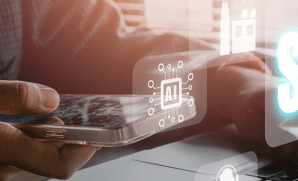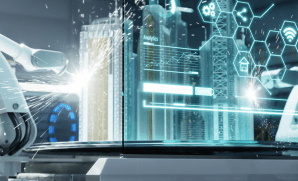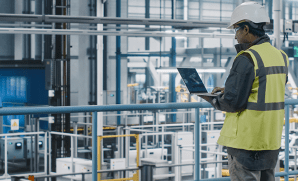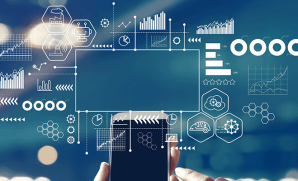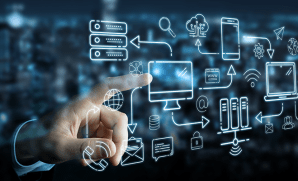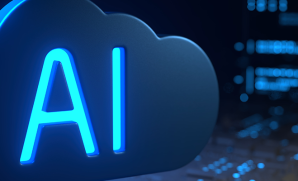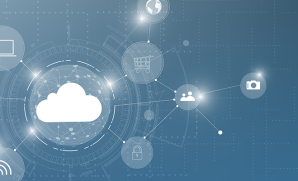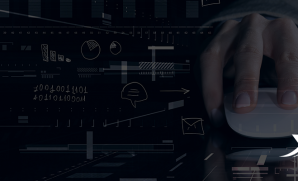The dawn of the computer age saw machines designed to help humans execute tasks more efficiently. Over time, computers became central to assisting humans in gathering information from the internet, democratizing access to knowledge worldwide. Subsequent advancements incorporated automation and cloud technologies, propelling us into a new, intelligent digital epoch. In this era, systems challenge the necessity of human intervention thanks to technology’s unprecedented capabilities and the accessibility it affords users. We live in the age of artificial intelligence (AI), where systems harness advanced learning abilities to help make decisions.
Among the various AI solutions, Generative AI profoundly impacts how systems administer tasks, thereby delivering increased value to businesses. Although the potential applications of Generative AI span diverse businesses and domains, this discussion will concentrate on defining Generative AI at its core. Additionally, we will explore the promising opportunities it presents for enhancing application maintenance and support.
What is Generative AI?
Numerous definitions are accessible to the public. Gartner’s glossary defines Generative AI as “AI techniques that learn a representation of artifacts from data and use it to generate brand-new, unique artifacts that resemble but don’t repeat the original data. Generative AI can produce totally novel content (including text, images, video, audio, structures), computer code, synthetic data, workflows, and models of physical objects. Generative AI can also be used in art, drug discovery, and material design.”
This is achieved by the system’s intelligent analysis and processing of its inputs. Upon receiving input (the context of the problem or the area of focus), the system engages in continuous learning. It recognizes patterns, enhances prior knowledge, and prepares the content for the output.
Generative AI in the context of AMS:
Application maintenance and support are crucial for businesses aiming to cut costs without compromising efficiency. To meet this goal, there is a pressing need for IT to harness the power of emerging technologies to revolutionize support activities through automation. Technologies such as Robotic Process Automation (RPA) and data analytics are transforming standard operations (like traditional password resets) and highlighting critical business areas that demand attention, including demand management and risk identification. The advent of automated ticket routing, currently in testing and implementation phases, promises to overhaul traditional service desk models. The expectation is a swift adoption of such innovative solutions soon.
Generative AI is a transformative tool for driving operational efficiency, enhancing knowledge transfer and code performance, and offering intelligent support systems that encourage self-resolution and even complete automation where possible. Its application extends to effortlessly generating essential documents during audits, thereby stimulating governance mechanisms to produce more insightful reports and dashboards tailored to specific challenges, risks, and overall service delivery improvements.
Moreover, Generative AI possesses the unique ability to significantly lighten the load of creating technical documentation for teams. Within the Application Maintenance and Support (AMS) spectrum, for instance, following a root cause analysis of a problem ticket, Generative AI can autonomously generate a new knowledge document based on the diagnosed problem and its resolution. This system is intelligently designed to personalize documentation to fit user preferences and access levels as required. It is invaluable in streamlining documentation processes and enhancing overall operational efficiency.
Another area that warrants attention is the application’s code base. Often, a code base may be riddled with defects, redundant sections of code, and overly complex configurations—characterized by excess conditions and loops. Such issues contribute to elevated maintenance efforts and increased costs. Integrating Generative AI capabilities during the development phase makes it possible to improve code quality and maintainability significantly. This technology can meticulously analyze the code, highlighting opportunities for enhancement. For instance, it can detect repetitive patterns, facilitate the elimination of duplicate code, or identify heavily interdependent objects or functions, offering strategies to streamline these components. Furthermore, it advises on the best development practices to adopt.
Developers can utilize Generative AI’s capabilities to run automated code reviews, efficiently pinpointing and addressing code quality concerns. More intriguingly, this system can evolve by continuously learning from the existing code base and the developers’ interactions with it. Over time, it can autonomously refine its recommendations and systematically implement improvements, leading to a more refined development process.
A key focus within application maintenance and support is continuous service improvement and transformation to deliver cost benefits and enhance business value. An example is the transformation of legacy code, where Generative AI systems play a pivotal role by generating innovative solutions and predicting code sequences. However, employing a Generative AI coding tool necessitates training AI models on vast datasets spanning various programming languages through deep learning techniques. Manual validation remains essential despite the code being generated or recommended by an AI system.
While these examples highlight the potential benefits, realizing these advantages requires dedicated effort in developing and training the Generative AI system tailored to each use case. It involves training on extensive datasets accurately curated for the problem at hand. Moreover, training models and validating outputs, whether code, documents, or others, demand significant human intervention. Furthermore, it’s critical to navigate security constraints that can hamper the learning capacity of AI systems and restrict the dissemination of generated outputs, ensuring a balanced approach between innovation and security.
The use of Generative AI introduces a new mode of interaction. It does not absolve humans, developers, etc., of all responsibilities but enhances productivity and the ability to address complex problems. This is only the beginning! More is yet to come.





